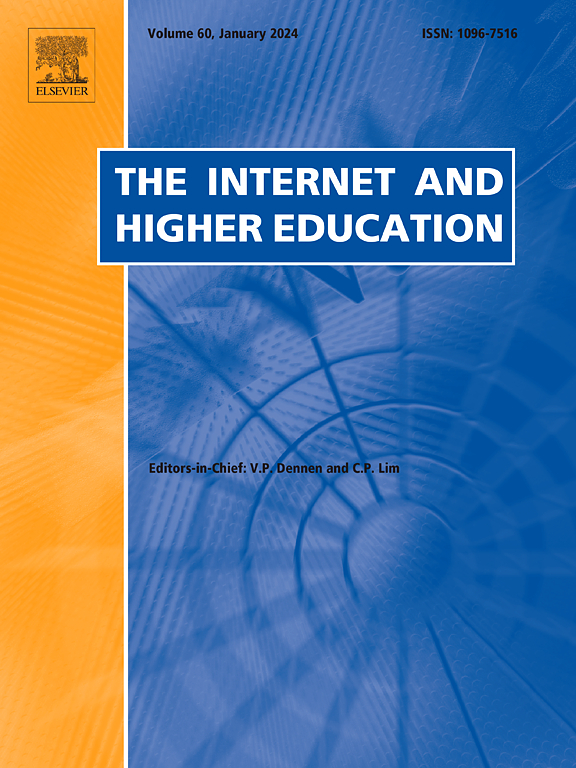What should I know? Analysing behaviour and feedback from student use of a virtual assistant to share information about disabilities
IF 6.8
1区 教育学
Q1 EDUCATION & EDUCATIONAL RESEARCH
引用次数: 0
Abstract
Administrative burden is a recognised cause of inequities for disabled students. Experiences of sharing information about disabilities and arranging adjustments can be demoralising and present barriers to success. To explore how Artificial Intelligence technologies could improve this situation, a virtual assistant (VA) was iteratively developed and deployed to support the initial steps of the process through which students share information. Here we describe findings from an eight-month trial where this was made available for students to use as an alternative to completing a form when declaring disabilities. 544 students tried using the assistant during this period. We analyse 351 questions asked of the VA by students, and a feedback survey with 129 responses. Results indicate the types of support expected while interacting with a VA and provide feedback on aspects of the design, the relationship with wider processes and experience of use. Overall, most participants wanted to continue using a VA in these processes, with positive perceptions across disability categories. We identify 12 themes showing a broad range of questions asked of the assistant. Given recent advances in AI, we discuss the opportunities and challenges to build on this and develop further inclusive innovations. Future work should focus on enabling context-informed answers to questions, enabling students to learn and contribute through the conversation, managing expectations according to VA capabilities, enhancing and monitoring inclusivity and integrating the VA with wider processes.
我应该知道些什么?分析学生使用虚拟助手分享残疾信息的行为和反馈
行政负担是残疾学生不平等的公认原因。分享有关残疾的信息和安排调整的经历可能会使人士气低落,并成为成功的障碍。为了探索人工智能技术如何改善这种情况,一个虚拟助手(VA)被迭代地开发和部署,以支持学生共享信息过程的初始步骤。在这里,我们描述了一项为期8个月的试验的结果,在这项试验中,学生们可以用它来代替填写残疾声明表格。在此期间,544名学生尝试使用该助手。我们分析了学生向VA提出的351个问题,并对129个问题进行了反馈调查。结果表明了与VA互动时期望的支持类型,并提供了设计方面的反馈,与更广泛的过程和使用体验的关系。总的来说,大多数参与者希望在这些过程中继续使用VA,对残疾类别持积极态度。我们确定了12个主题,展示了向助理提出的广泛问题。鉴于人工智能的最新进展,我们将讨论在此基础上进一步发展包容性创新的机遇和挑战。未来的工作应侧重于为问题提供基于情境的答案,使学生能够通过对话学习和做出贡献,根据VA能力管理期望,增强和监控包容性,并将VA与更广泛的流程整合起来。
本文章由计算机程序翻译,如有差异,请以英文原文为准。
求助全文
约1分钟内获得全文
求助全文
来源期刊

Internet and Higher Education
EDUCATION & EDUCATIONAL RESEARCH-
CiteScore
19.30
自引率
4.70%
发文量
30
审稿时长
40 days
期刊介绍:
The Internet and Higher Education is a quarterly peer-reviewed journal focused on contemporary issues and future trends in online learning, teaching, and administration within post-secondary education. It welcomes contributions from diverse academic disciplines worldwide and provides a platform for theory papers, research studies, critical essays, editorials, reviews, case studies, and social commentary.
 求助内容:
求助内容: 应助结果提醒方式:
应助结果提醒方式:


